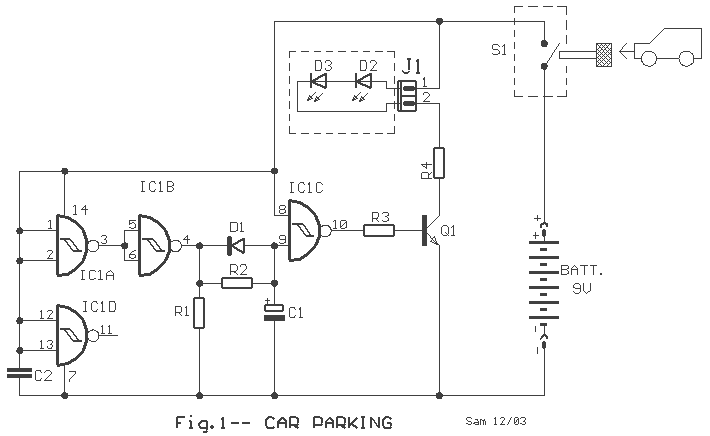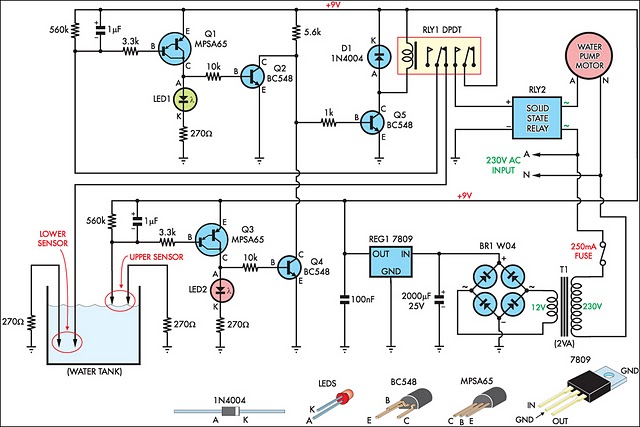
car improvement automatic direction indicators

Frequent use of direction indicators is essential for lane changes while driving on motorways. This is typically achieved by maintaining pressure on the indicator switch.
The operation of direction indicators, commonly known as turn signals, is crucial for safe driving, especially on high-speed roadways such as motorways. The direction indicator system consists of several key components: the indicator switch, the flasher unit, the bulb or LED indicators, and the vehicle's wiring harness.
The indicator switch is usually located on the steering column and is designed to be easily accessible to the driver. When the driver intends to change lanes, they activate the switch, which sends a signal to the flasher unit. The flasher unit is responsible for controlling the on-and-off blinking of the indicator lights, providing a visual cue to other drivers.
In modern vehicles, LED indicators are commonly used due to their energy efficiency and longer lifespan compared to traditional incandescent bulbs. The circuit design for the indicator system includes a relay that helps manage the current flow to the lights, ensuring they operate correctly without drawing excessive power from the vehicle's electrical system.
The wiring harness connects all components of the indicator system, routing power from the vehicle's battery to the flasher unit and the indicator lights. Proper insulation and protection of the wiring are essential to prevent short circuits and ensure reliable operation, especially in environments exposed to moisture and temperature variations.
In summary, the direction indicator system is a vital safety feature in vehicles, enhancing communication between drivers and promoting safer lane changes on motorways. Understanding the components and operation of this system is essential for effective vehicle maintenance and troubleshooting.As I often drive on motorways, I always and frequently use the direction indicators in order to show the lane change. I normally did this by holding a .. 🔗 External reference
The operation of direction indicators, commonly known as turn signals, is crucial for safe driving, especially on high-speed roadways such as motorways. The direction indicator system consists of several key components: the indicator switch, the flasher unit, the bulb or LED indicators, and the vehicle's wiring harness.
The indicator switch is usually located on the steering column and is designed to be easily accessible to the driver. When the driver intends to change lanes, they activate the switch, which sends a signal to the flasher unit. The flasher unit is responsible for controlling the on-and-off blinking of the indicator lights, providing a visual cue to other drivers.
In modern vehicles, LED indicators are commonly used due to their energy efficiency and longer lifespan compared to traditional incandescent bulbs. The circuit design for the indicator system includes a relay that helps manage the current flow to the lights, ensuring they operate correctly without drawing excessive power from the vehicle's electrical system.
The wiring harness connects all components of the indicator system, routing power from the vehicle's battery to the flasher unit and the indicator lights. Proper insulation and protection of the wiring are essential to prevent short circuits and ensure reliable operation, especially in environments exposed to moisture and temperature variations.
In summary, the direction indicator system is a vital safety feature in vehicles, enhancing communication between drivers and promoting safer lane changes on motorways. Understanding the components and operation of this system is essential for effective vehicle maintenance and troubleshooting.As I often drive on motorways, I always and frequently use the direction indicators in order to show the lane change. I normally did this by holding a .. 🔗 External reference





